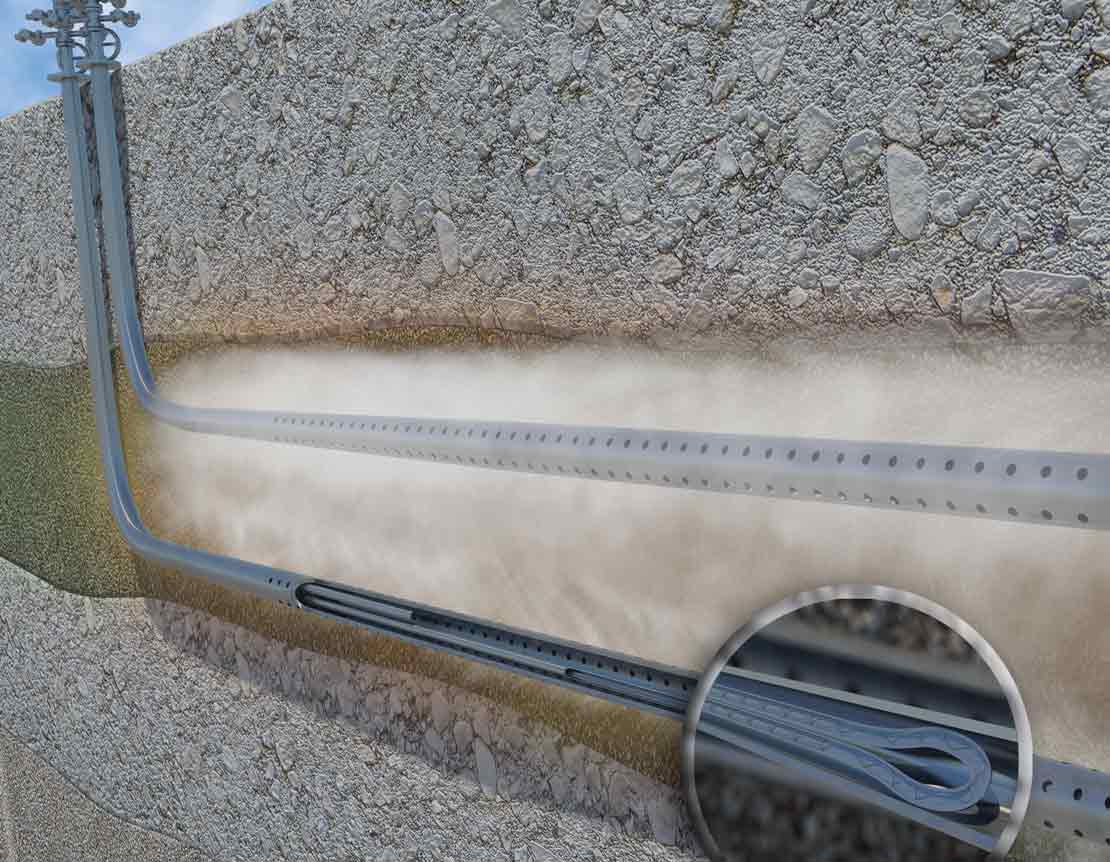WellWatcher BriteBlue HT
High-temperature multimode DTS fiber

Enhance high-temperature well production with real-time reservoir surveillance
Improve recovery in high-temperature and high-hydrogen applications by rapidly identifying—and responding to—changes in reservoir flow based on distributed temperature sensing (DTS) using the WellWatcher BriteBlue HT multimode DTS fiber.
Our fiber-optic technology enables you to monitor downhole distributed temperature profiles at the surface in real time. You can also transmit the data to your digital oilfield platform or other locations via satellite, Internet, or cable. The result: Reduced downtime and deferred production because you can react more quickly to detrimental events, and cost savings because you can precisely identify the problem.
Designed for challenging applications with high heat (up to 572 degF [300 degC]) and hydrogen, this fiber is uniquely stable and reliable in heavy oil thermal recovery operations. For example, it is used in steam-assisted gravity drainage (SAGD) producer wells to ensure that the correct level of subcooling is maintained to avoid steam breakthrough from the injector above.

Simplify fiber delivery and economics
The optical fiber can be pumped through a conduit using Schlumberger patented techniques to provide a cost-effective DTS system suitable for high-volume applications. The conduit is hung from the surface across the interval of interest, and the temperature of the entire wellbore is monitored.
Downhole distributed temperature profiles can be monitored at the surface in real time; data can also be transmitted to multiple remote locations. Consequently, anomalies such as loss of tubing, casing, or cement integrity or malfunctioning gas lift valves can be immediately recognized and remedial actions planned.
Enhance lifetime in hydrogen environments
Conventional DTS-fiber temperature ratings do not take into account the degradation of the fiber when it is exposed to high levels of hydrogen (e.g., in SAGD wells), especially at high temperatures. Schlumberger pioneered accelerated aging tests for optical fibers at high temperatures. The fiber resulting from this research demonstrated an almost 50-fold increase in light transmission, exceptional resistance to hydrogen, longer life, faster response times, and better spatial resolution.
